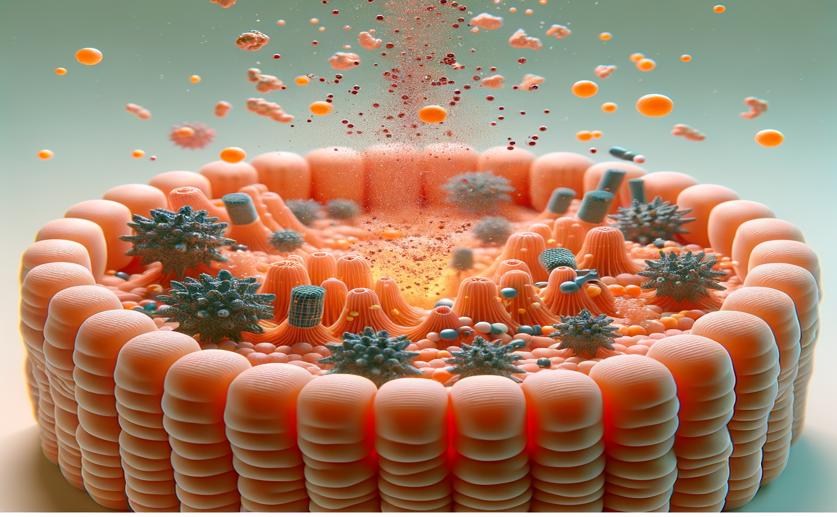
How Licorice Root Compounds Affect Human Gut Cells in 3D Models
Jim Crocker
7th September, 2024

Image Source: Natural Science News, 2024
Key Findings
- The study from Wageningen University used a 3D model called apical-out enteroids to mimic the gastrointestinal tract environment
- Prenylated phenolics from licorice roots, like licochalcone A and glycycoumarin, were found to be non-toxic to the enteroids at concentrations up to 500 μg/mL
- Glabridin showed significant cytotoxicity and reduced cell viability at the same concentration, highlighting the importance of the mucus layer in these interactions
References
Main Study
1) Biotransformation and Epithelial Toxicity of Prenylated Phenolics from Licorice Roots (Glycyrrhiza spp.) in 3D Apical-Out Mucus-Producing Human Enteroids.
Published 6th September, 2024
https://doi.org/10.1021/acs.jafc.4c03120
Related Studies
2) The gastrointestinal mucus system in health and disease.
3) Mucins in the mucosal barrier to infection.
4) Dynamic responses in small intestinal mucus: Relevance for the maintenance of an intact barrier.



 28th August, 2024 | Greg Howard
28th August, 2024 | Greg Howard